Do you know what the Internet of Things (IoT) means?
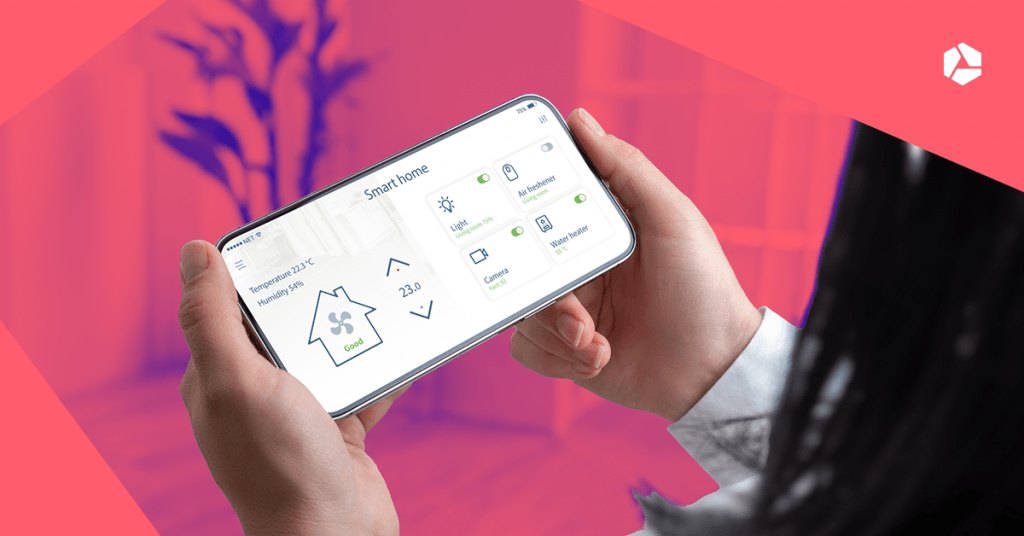
Your thermostat or 'smart' washing machine are examples of everyday objects that increasingly use the internet to connect to the cloud. Once connected, they become part of the Internet of Things (IoT). This network of billions of devices links the physical and virtual worlds, providing numerous insights and many benefits!
- Internet of Things: explained for you
- What does the Internet of Things mean for you?
- This modern technology provides, among other things:
- What does IoT mean? Find out with these examples:
- Embracing and Integrating IoT
- Why the IoT network also has disadvantages
- How does the Internet of Things work?
- Sensor technology in physical objects
- Connectivity
- Data processing
- User interface
- Cloud computing essential for IoT
- No IoT without strong hosting providers
Internet of Things: explained for you
The Internet of Things (IoT) refers to a network of physical devices or objects ('things') that can collect, exchange, and analyze data thanks to an internet connection.
This includes both everyday devices you use and industrial machines. Devices in the IoT network contain sensors, a microcontroller, a modem, and embedded software to control and connect the device to the internet.
In this way, they go online and can gather information and communicate with other devices, systems, and/or networks.
The IoT makes our lives easier and smarter. Thanks to this network, physical objects can collect and share data with minimal human intervention, ensuring seamless communication between people, processes, and things in a hyper-connected world.
This allows certain processes to be much faster and more efficient, providing valuable insights to both users and developers.

What does the Internet of Things mean for you?
Chances are you no longer think about the fact that you have smart devices in your home. Your espresso machine does its job excellently, serving you delicious coffee. However, the IoT plays a crucial role in our lives in various ways.
The Internet of Things brings many automated processes to our society, enabling us to innovate, optimize, and save costs. Smart devices can perform intelligent actions based on analyzed data without human intervention.
This modern technology provides, among other things:
- Improvements in production processes within the industry, such as real-time monitoring of machines.
- Smart cities that optimize their infrastructure, including lighting and waste management.
- Smart homes that are not only more energy-efficient but also offer you more comfort.
- Better healthcare, where patients are monitored more effectively.
- Medical equipment such as remote monitoring and smart medical devices like hearing aids and wearable heart monitors.
- More sustainable and profitable agricultural management.
What does IoT mean? Find out with these examples:
Let's make it concrete: what 'smart' solutions or technologies, resulting from the Internet of Things, do you encounter? You'll be surprised where IoT pops up.
Embracing and Integrating IoT
Countless businesses, governments, and consumers are embracing and integrating IoT into their processes, systems, and daily lives. This is done for several reasons:
Technological advancement: Developing new services and products to stay ahead in the tech world.
Customer interest: There is a high demand for convenience and comfort. Smart devices, even everyday objects like household appliances, make life easier and are highly sought after.
Opportunities for entrepreneurs: As a business owner, you can see IoT as an opportunity to automate processes and collect more accurate data. Affordable sensors and improved network technologies are making IoT solutions more accessible and feasible.
Integrating IoT into your operations can lead to significant innovations, efficiency improvements, and cost savings, meeting both technological advancements and customer desires for a more connected and convenient life.
Why the IoT network also has disadvantages
While the Internet of Things offers endless possibilities, it comes with certain challenges and vulnerabilities.
- Compatibility: In an environment with many different devices and applications, compatibility is crucial. One of the biggest challenges is ensuring compatibility among devices from different manufacturers, which can lead to integration problems and increased network complexity.
- Impact on employment: Automation and AI reduce the need for manual, repetitive work, which can decrease the demand for certain workers and administrative staff, causing a shift in employment that needs to be monitored.
- Security issues: The increase in connected devices raises the risk of security problems. IoT devices are targets for spyware and viruses that can corrupt data, steal information, and take control of devices. This poses a risk to the integrity and reliability of the IoT network. For instance, cheaper devices like some baby monitors have been found to be easily hackable.
- Data privacy concerns: IoT apps continuously collect data and track user behavior, raising questions about who has access to this data, how it is shared, stored, and deleted.
- Compliance with GDPR: Be sure to familiarize yourself with strict GDPR regulations. Without a strict data policy, companies can face security issues and hefty fines for non-compliance with privacy laws, leading to exposure of personal data to malicious parties.
- Bandwidth and energy costs: Insufficient bandwidth can hinder the management of IoT devices and applications. Additionally, energy costs may rise due to the continuous operation and charging of many devices, leading to higher electricity bills.
Tip
Read up on the stringent GDPR regulations to ensure compliance and protect user data.
Without a strict data policy, companies can face security concerns and heavy fines for non-compliance with privacy laws. This can lead to exposure of personal data to parties with wrong intentions.
Insufficient bandwidth can equally hamper the management of IoT devices and applications. In addition, energy costs can rise due to the continuous running and charging of many devices, which unfortunately leads to higher electricity bills.
How does the Internet of Things work?
Wondering how IoT works? It all starts with four interconnected components: sensor technology, connectivity, data processing, and the user interface.
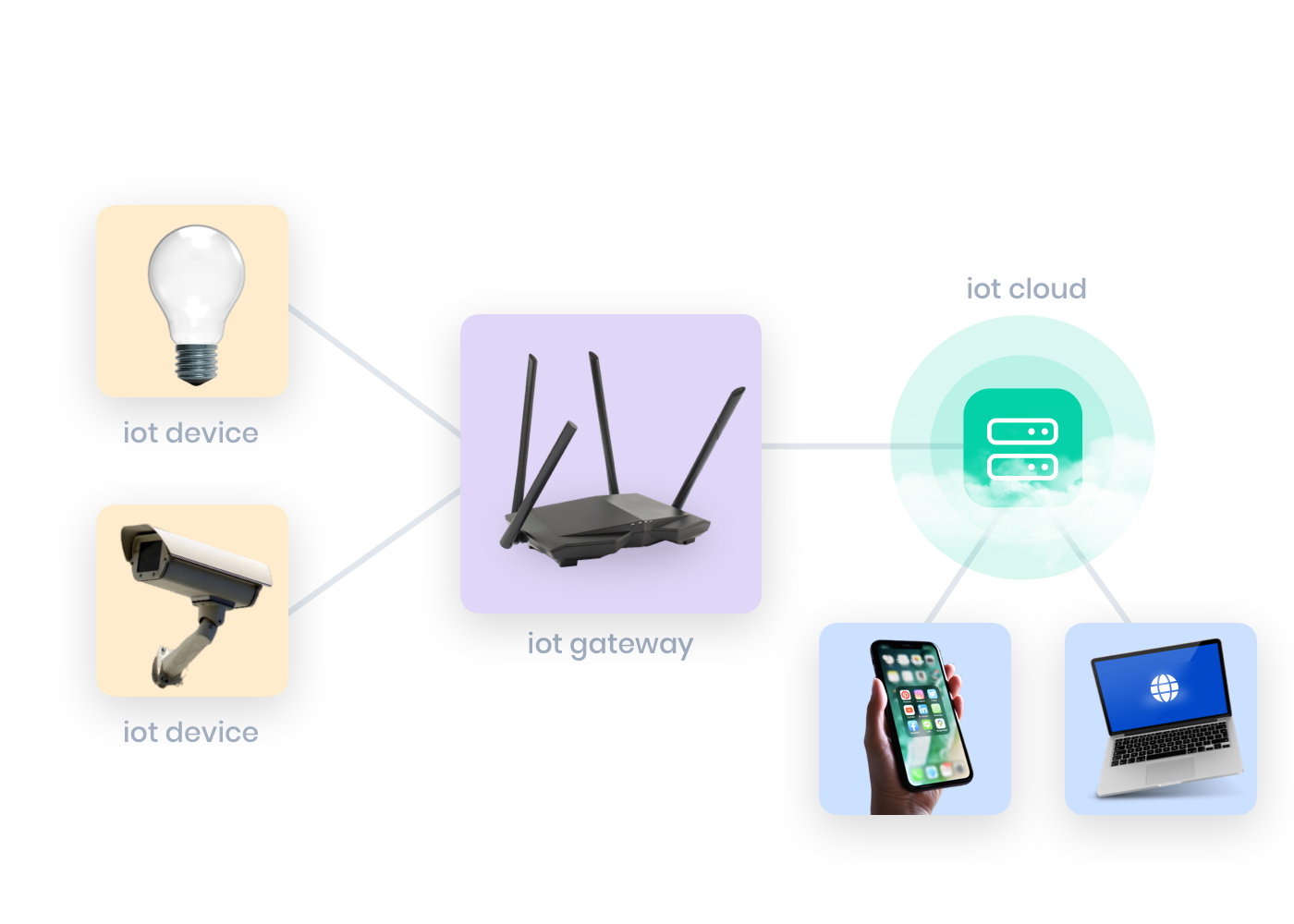
Sensor technology in physical objects
Sensor technology enables data collection from the environment. This can range from simple motion sensors detecting movement in your home to complex voice recognition software for voice-to-text applications.
Connectivity
Connectivity allows sensors to send data to the cloud for further processing. This is achieved through various networking options such as WiFi, Bluetooth, cellular, satellite, low-power wide-area networks (LPWANs), and Ethernet.
The choice of connectivity depends on factors such as power consumption, bandwidth requirements, and range.
Data processing
Data processing involves analyzing and interpreting the data collected by the sensors. Machine learning plays a crucial role here, using algorithms to analyze large amounts of data gathered by IoT devices.
This enables systems to generate real-time insights and alerts, and even take automatic or proactive actions.
This can be as simple as collecting and validating temperature readings from a soil thermometer, or as complex as recognizing and translating voice messages.
User interface
The user interface makes the collected data readable and usable for 'ordinary' people. It's the final step in the IoT process. An intuitive interface allows users to monitor and respond to data in real-time.
Think about adjusting data displays, changing sensor settings, creating alerts for incoming data, and sharing data with other devices and applications.
IoT devices can even function with minimal human intervention, allowing them to share data and take actions without human involvement.
Cloud computing essential for IoT
Cloud resources support the operation of both IoT devices and related applications. When you "upload to the cloud," it refers to the internet, specifically a central hub on the internet.
The internet functions with data stored on edge servers. These physical servers are owned and managed by companies that offer applications for collecting, processing, and storing data.
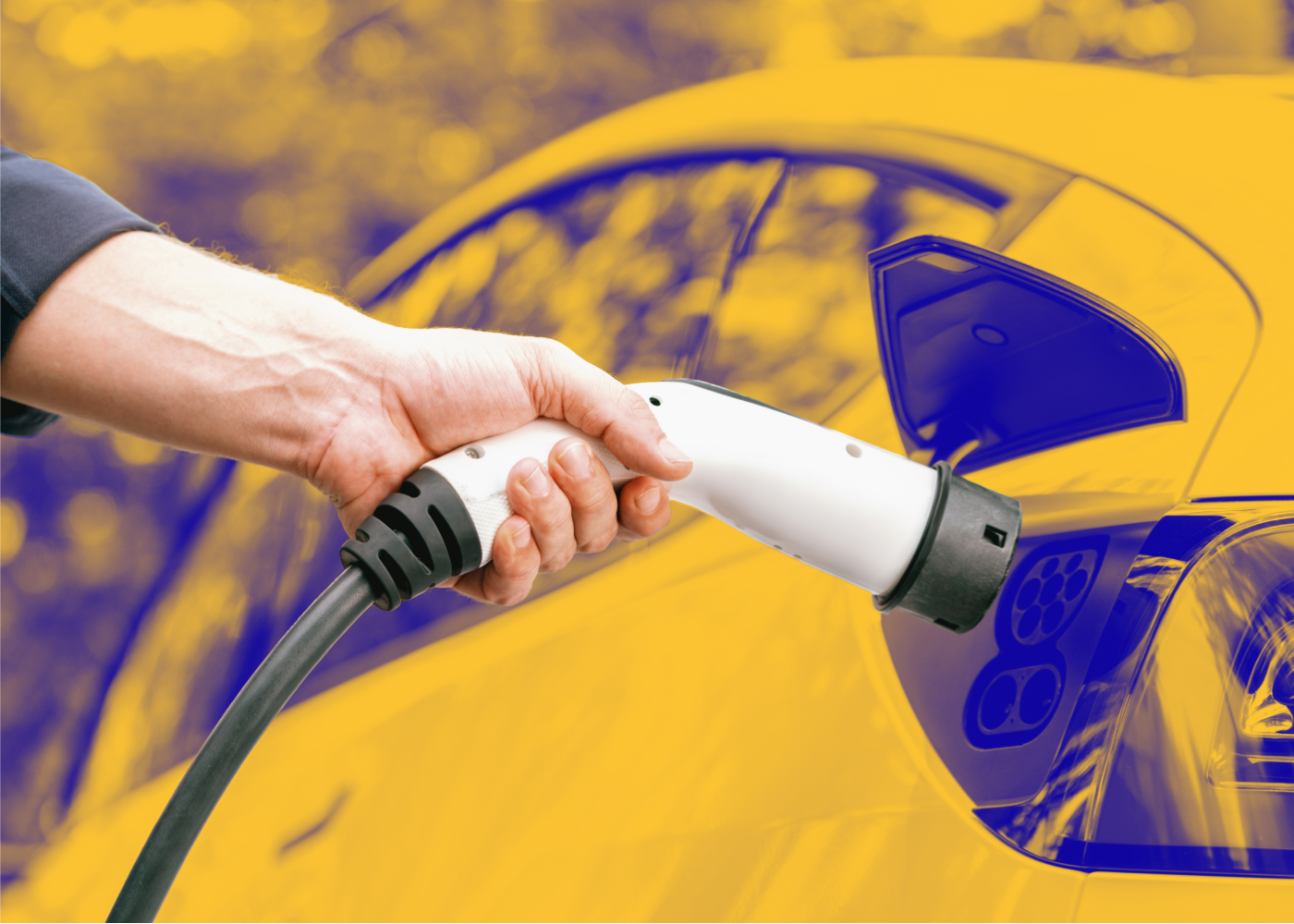
They offer an online interface that allows users to manage and view data. Cloud computing acts as a centralized system comprising server management, a data processing layer, and an online interface for customers.
When someone uploads something to “the cloud,” it can refer to services like Microsoft Azure. Data uploaded to Microsoft Azure goes to Microsoft's servers, where it is managed and stored. Afterward, you can store, read, edit, and share this data.
Tip
Microsoft is a major American player. Why not explore the possibilities and benefits of local cloud providers with nearby data centers?
The cloud plays a crucial role in data processing within the Internet of Things. Once sensor data is collected, it is sent to the cloud for further processing.
IoT devices gather and share data in the physical world, resulting in accelerated and automated activities, reduced manual work and human errors, and improved workflows and behaviors. Are you still with me? 😄
A wide variety of devices and data types are used for different purposes, such as VR headsets, medical training equipment, and fitness trackers.
All these devices need cloud solutions to store, manage, and secure data on a large scale. Access to this information must be flexible, reliable, and universal, and data sharing and communication must happen quickly.
Moreover, disaster recovery mechanisms are essential in cloud solutions to prevent data loss or corruption.
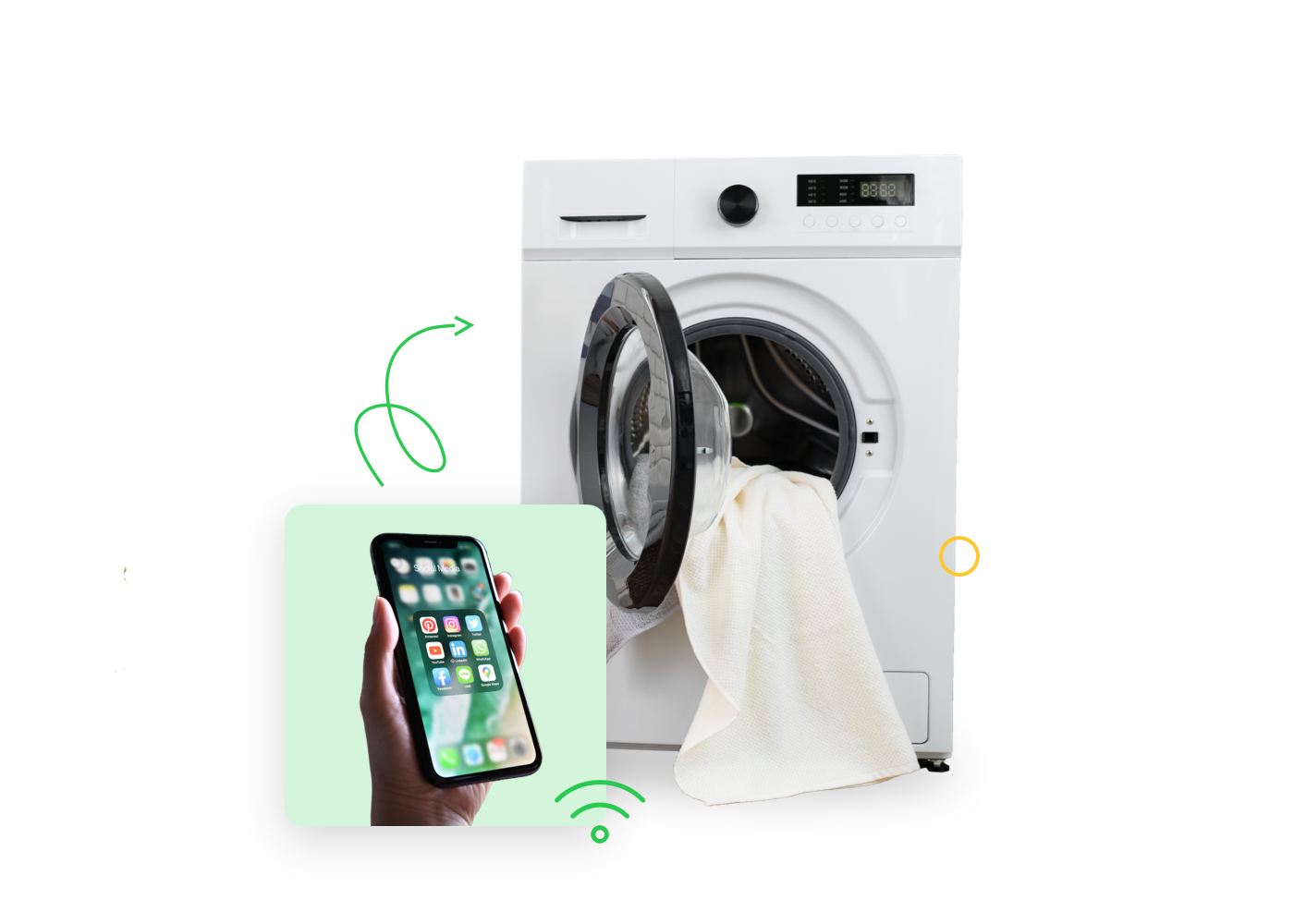
For completeness, here are the four types of cloud computing that leverage IoT.
SaaS delivers end-user applications over the internet. These can be web-based solutions like customer relationship management (CRM), accounting software, or music streaming services. An example is the email marketing tool Flexmail.
SaaS makes it easy for users to access advanced software without needing to install it locally.
IaaS provides on-demand access to technological infrastructure and resources over the internet, such as dedicated hardware, network capacity, and storage.
This is ideal for businesses that need flexibility and scalability without managing physical servers themselves.
PaaS is typically used for app development, providing a complete hardware and software environment for developers to build tools.
It includes databases, middleware, operating systems, and servers, making it easier to develop and deploy applications.
EaaS encompasses a wide range of products, tools, and services accessible via IoT. It refers to emerging technologies offered as services, such as Desktop as a Service (DaaS) and Artificial Intelligence as a Service (AIaaS).
EaaS makes advanced technologies accessible and user-friendly for various applications.
Also read
No IoT without strong hosting providers
The integration of IoT solutions requires a robust and reliable infrastructure for data storage and processing. That's where hosting providers like Combell excel! Our hosting is incredibly resilient, and that's putting it mildly. 😉
IoT devices process vast amounts of data that must be continuously collected, stored, and analyzed. Combell offers scalable cloud solutions and advanced data centers necessary to manage this data securely and efficiently.
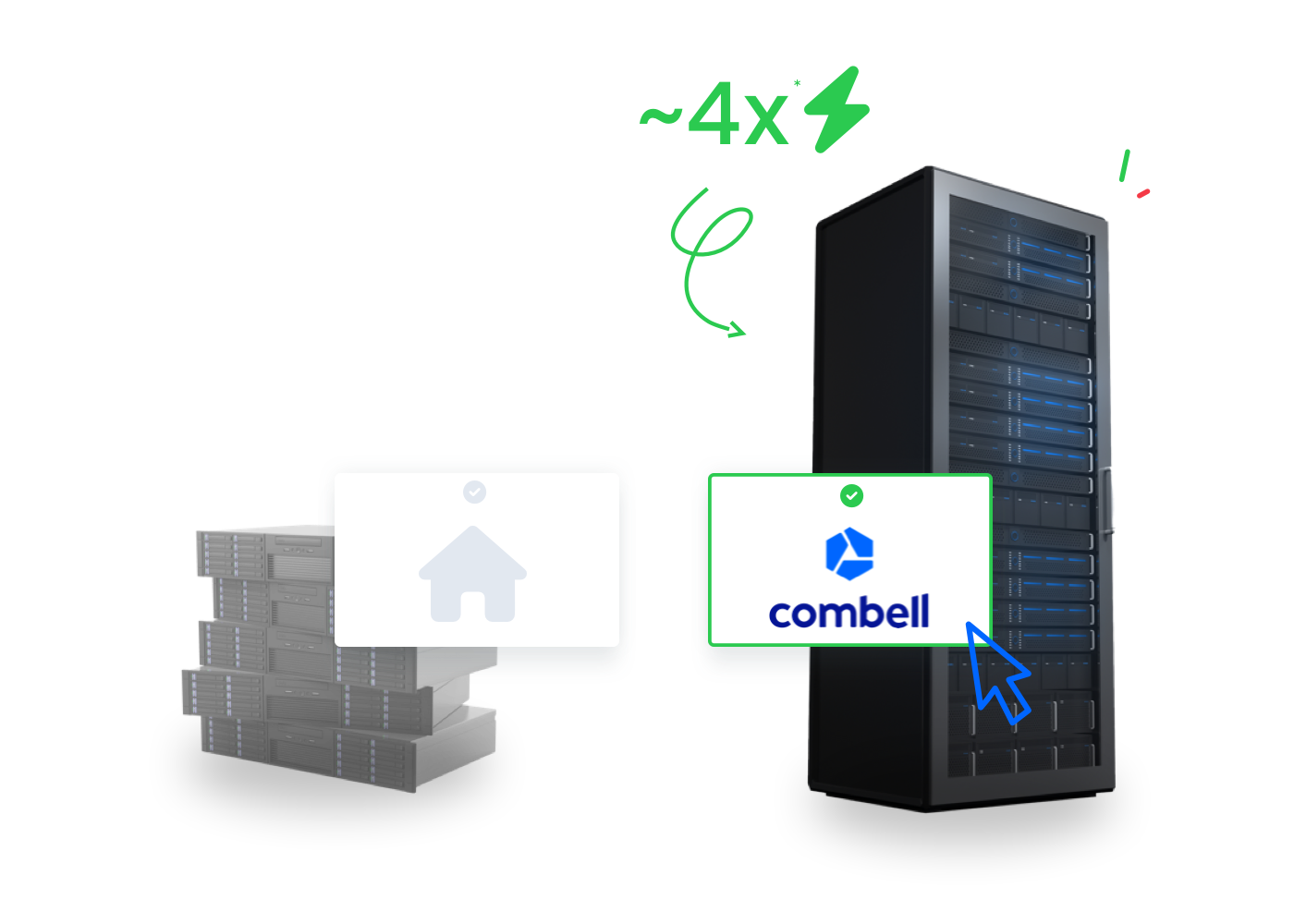
With our strong focus on security, Combell ensures that sensitive information from IoT devices remains protected against cyberattacks. Additionally, Combell offers flexible hosting options that can easily adapt to the growing demands of an IoT network.
"24/7 availability is essential for IoT apps"
It's no surprise that Quality Guard, an IoT app, has chosen Combell as their provider!
With the advent of the Internet of Things, nearly every device is connected to the internet and manageable via an app. This makes our daily lives much easier, but it also requires these applications to be available 24/7.
Users of the IoT app Quality Guard, from butchers to restaurant owners, rely on the app to ensure the food safety of their products.
By choosing Combell, Quality Guard ensures that their app remains reliable and secure, meeting the critical demands of their users.
Quality Guard has many users, including bakers and butchers who start their tasks very early—often before 4 AM. On the other hand, many restaurants also use the app and work late into the night. Therefore, the app must be available 24/7.
Pieter-Paulus Vertongen states, "The app is very important for the end customer; it's their point of contact with the product. If something goes wrong on the technical side, the app creator is still contacted. My biggest nightmare is that our company would need to provide 24/7 support—but thankfully, we can sleep soundly thanks to Combell's monitoring!"
When asked if he would recommend Combell hosting for (IoT) applications, Pieter-Paulus's answer is a resounding yes. "In the past, we have worked with other providers. But Combell differentiates itself with the guarantees in its Service Level Agreement and its service, allowing us to launch the application with peace of mind."
Maintenance and optimization
Reliable and fast internet connections are essential for the real-time functioning of IoT networks, and Combell's infrastructure ensures minimal latency and maximum uptime.
This means that companies implementing IoT solutions can rely on constant access to their data and systems, regardless of the scale or complexity of their network!
By offering managed hosting solutions, Combell also supports you in maintaining and optimizing all IoT infrastructure, allowing you as a business owner to focus on the work that truly matters.
Also read
Combell as Your Managed Services Provider (MSP)
The synergy between IoT technology and Combell's hosting services contributes significantly to the growth and efficiency of modern, data-driven companies. Go big online! 😃
